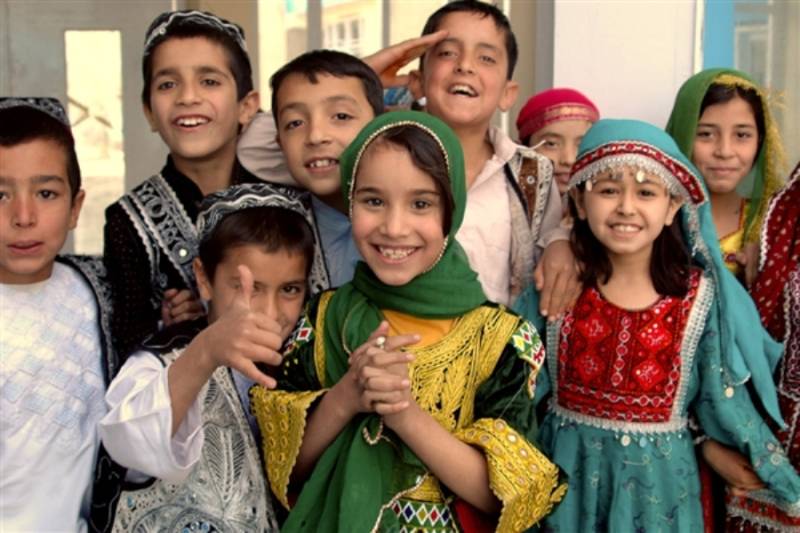Travel With Me To Karachi…
Written By: Zara Ahmed
Now that we’ve explored Lahore, let’s head south to Pakistan’s biggest and busiest city—Karachi. Karachi isn’t just the largest city in Pakistan—it’s a mega-metropolis, a melting pot of cultures, and the country’s economic powerhouse. With its coastline, diverse communities, and fast-paced lifestyle, Karachi offers a completely different but equally fascinating experience compared to other cities in Pakistan.
The City of Lights

Nicknamed the “City of Lights”, Karachi never really sleeps. Whether it’s the glow of beachside food stalls or the buzz of traffic late at night, there’s always something happening here. It’s the capital of Sindh province and home to over 20 million people, making it one of the most populous cities in the world.
Karachi is Pakistan’s main port city and its financial and industrial center. But beyond the banks and business towers, the city holds layers of history, culture, and character.
A Tapestry of Cultures
Karachi is one of the most ethnically diverse cities in Pakistan. People from every province—and many parts of South Asia—call it home. Urdu, Sindhi, Punjabi, Pashto, and many other languages are spoken here, often in the same street or even the same household. This diversity is reflected in everything from its food and fashion to its festivals and music.
Historical Landmarks and Coastal Atmospheres
Karachi may be modern, but it carries history too. One of its most significant sites is the Mazar-e-Quaid, the white marble mausoleum of Quaid-e-Azam Muhammad Ali Jinnah, the founder of Pakistan. The structure is simple yet grand, and visiting it is almost a rite of passage for Pakistanis.
Frere Hall, built during the British colonial era, is another must-see. It’s surrounded by peaceful gardens and often hosts art exhibitions and cultural events.
Then there’s Clifton Beach, where locals and tourists alike gather for camel rides, corn on the cob, and sunsets over the Arabian Sea. Karachi’s coastline adds a breezy charm to the otherwise bustling city.
Food, Glorious Food
Karachi’s food scene is legendary. From sizzling biryani (arguably the best in the country) to fresh seafood, spicy bun kebabs, and international cuisines, the city caters to every palate and budget.
Areas like Burns Road, Boat Basin, and Kolachi are famous for their food offerings. Whether it’s street food or high-end dining with an ocean view, Karachi delivers.
Arts, Events, and Urban Energy
Karachi is also a cultural hub. It hosts events like the Karachi Literature Festival and Pakistan Fashion Week, attracting artists, authors, and designers from all over. The city is home to major media houses, art galleries, and performance spaces that reflect both traditional and contemporary vibes.
Despite its challenges—like traffic and infrastructure issues—Karachi’s energy is warm and authentic.
In short, Karachi is where Pakistan’s heart beats the loudest. It’s chaotic yet captivating, diverse yet unified, modern yet rooted. From the sea breeze to the skyline, from food streets to financial districts, Karachi is a city you don’t just visit—you feel it.
Have you experienced Karachi yet? If not, it’s waiting with open arms and a plate of biryani.



















